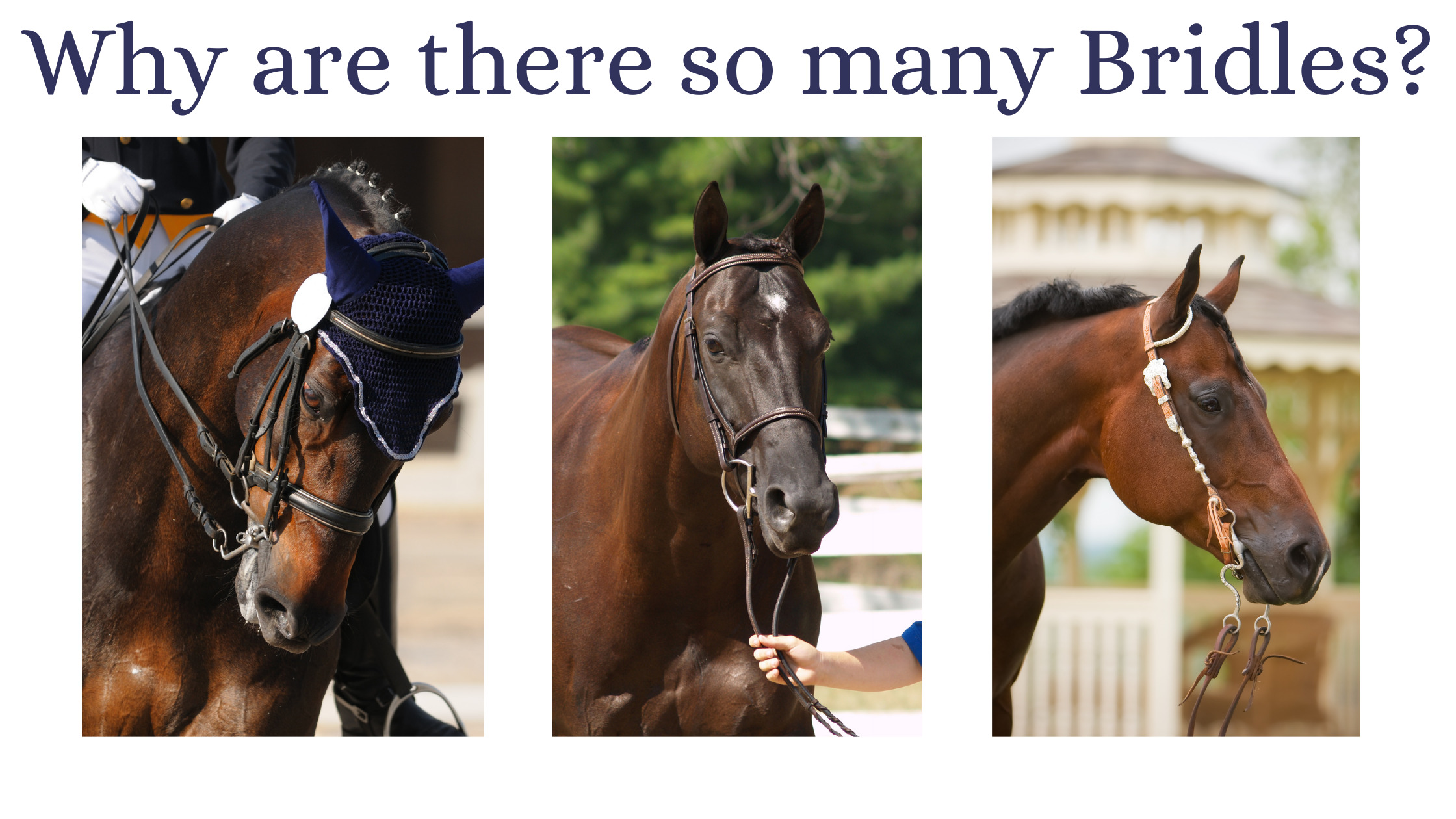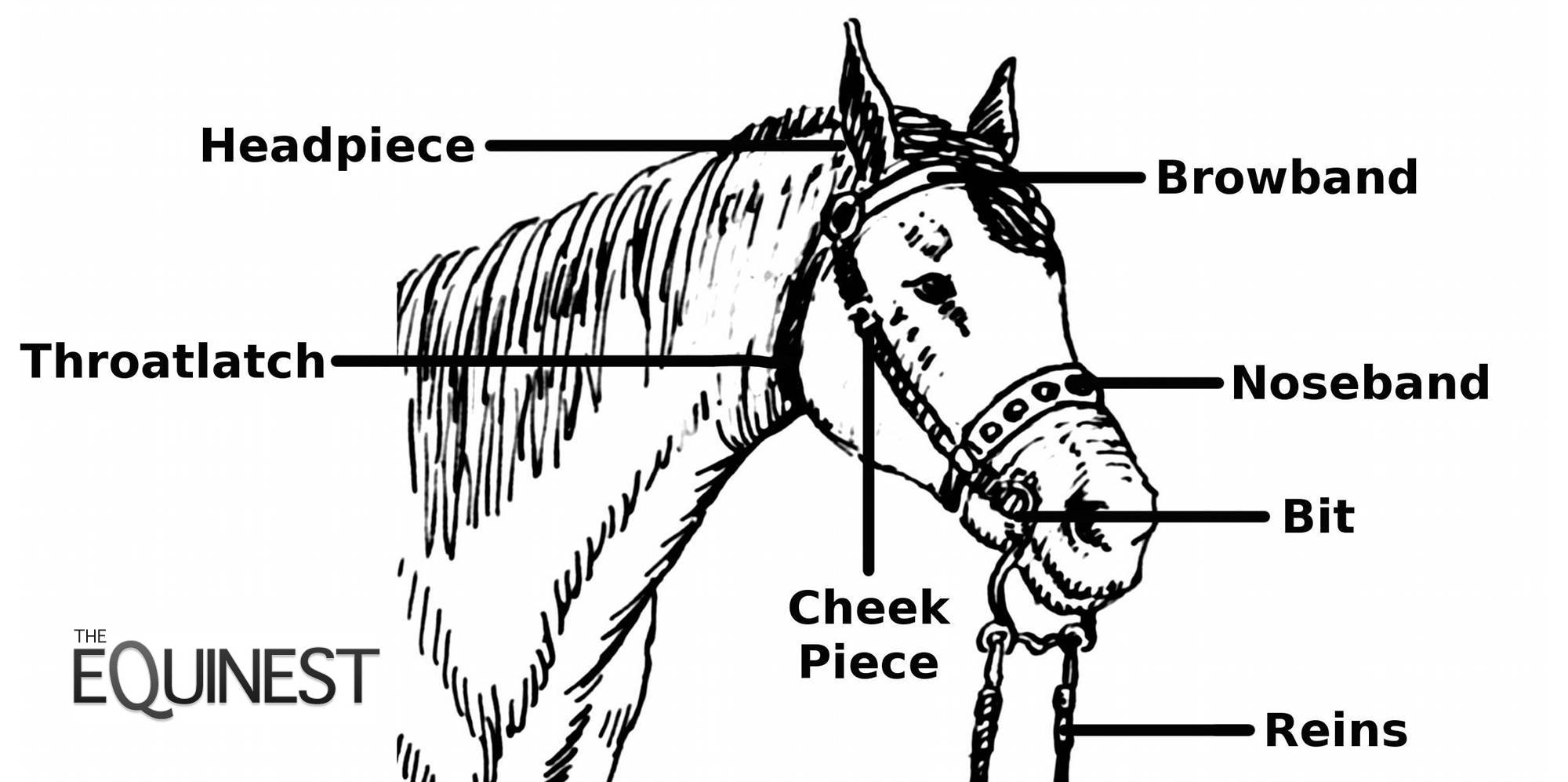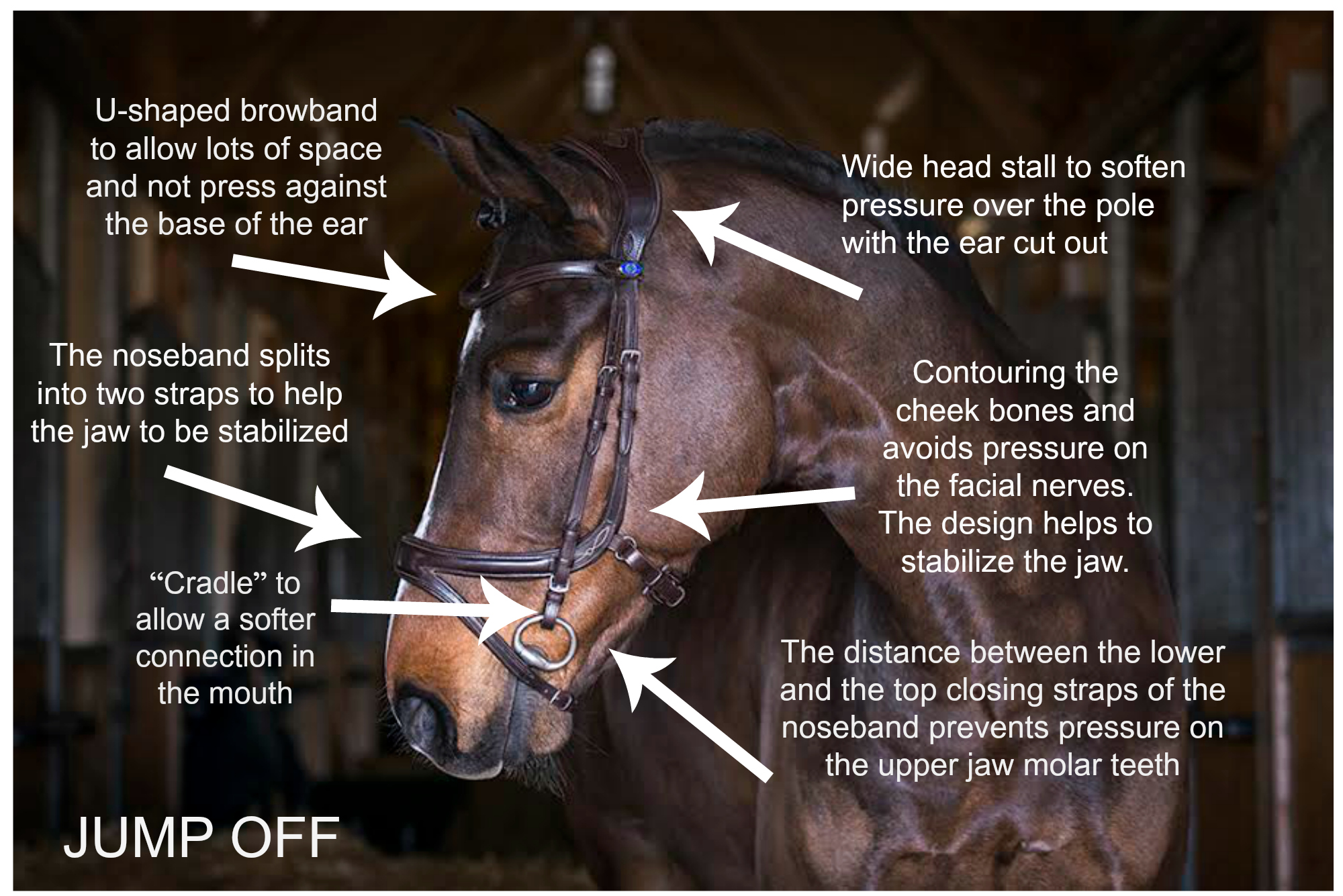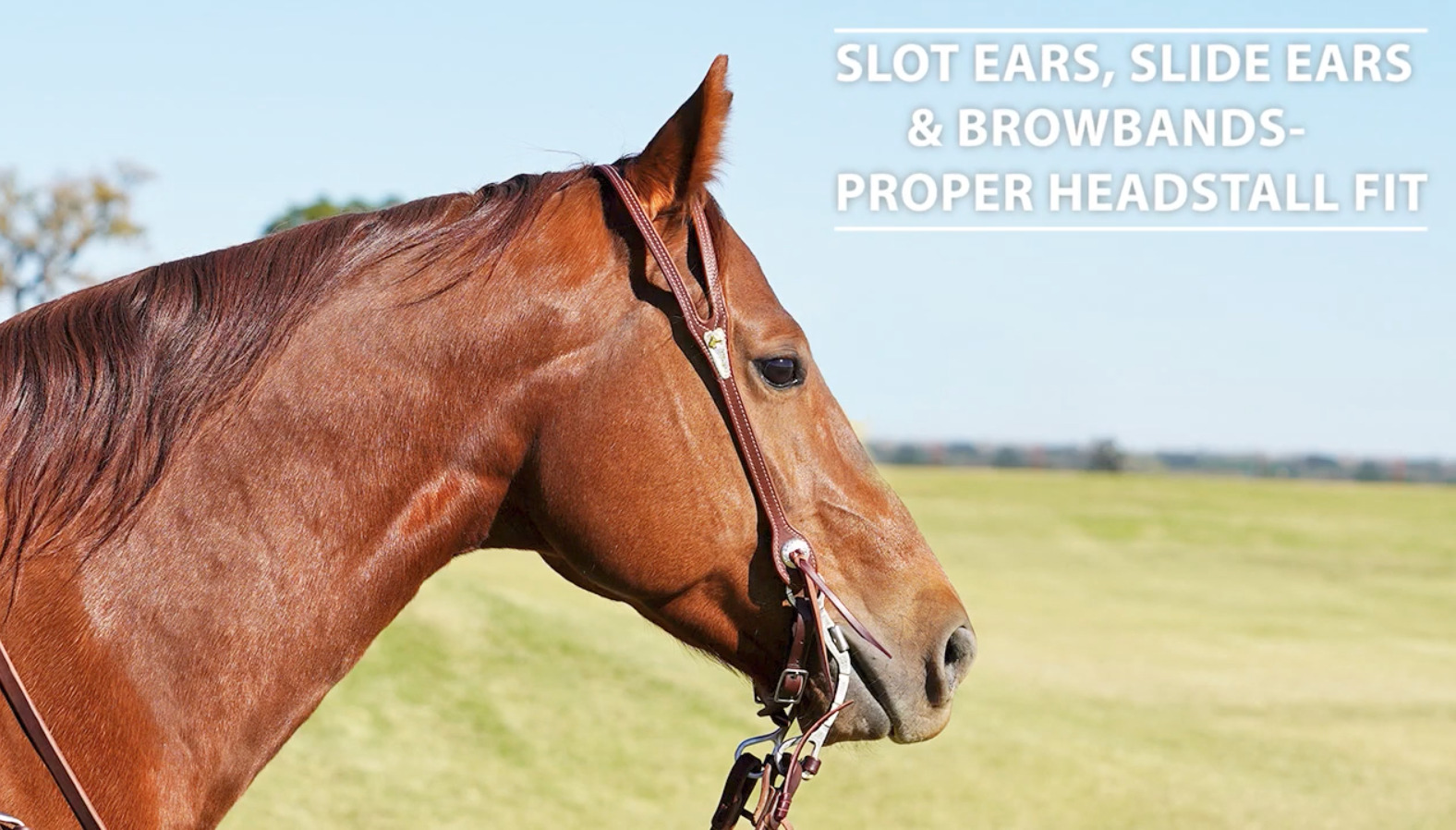The headstall is an essential piece of equipment in the world of horse riding and equestrian sports. It is a crucial component of the bridle, which helps to control and direct the horse’s movements. Understanding the significance of the headstall is essential for any equestrian enthusiast or horse owner. In this article, we will delve into the details of what a headstall is, its components, its significance, and its various types and uses.
What Is a Headstall?

A headstall is a part of the bridle that fits over the horse’s head, behind the ears, and around the muzzle. It plays a vital role in connecting the bit to the rest of the bridle, allowing the rider to communicate with the horse and direct its movements. The headstall is typically made of leather, although it can also be constructed from synthetic materials for durability and ease of maintenance.
Components of a Headstall
The headstall consists of several key components, each serving a specific purpose in ensuring the comfort and control of the horse. These components include the crownpiece, cheekpieces, throatlatch, and browband.
Crownpiece
The crownpiece is the part of the headstall that sits at the top of the horse’s head, just behind the ears. It is usually padded to provide comfort to the horse and prevent rubbing or chafing. The crownpiece is adjustable to ensure a proper fit for horses of different sizes and breeds.
Cheekpieces
The cheekpieces are the straps that run from the crownpiece down the sides of the horse’s head, connecting to the bit. They play a crucial role in holding the bit in place and allowing the rider to communicate with the horse through rein pressure.
Throatlatch
The throatlatch is a strap that fastens under the horse’s throat. It helps to keep the headstall securely in place and prevents it from slipping or coming off during riding or handling.
Browband
The browband is a strap that runs across the front of the horse’s head, just above the eyes. It helps to keep the headstall in position and prevents it from sliding back.
Significance of the Headstall

The headstall is a critical component of the bridle, as it provides the primary means of communication between the rider and the horse. Through the headstall, the rider can convey signals to the horse, such as turning, stopping, and backing up. The proper fit and adjustment of the headstall are essential for the horse’s comfort and responsiveness to the rider’s cues.
Comfort and Fit
A well-fitted headstall is crucial for the horse’s comfort and well-being. If the headstall is too tight, it can cause discomfort and restrict the horse’s movements. On the other hand, if it is too loose, it may slide around and cause irritation. Properly fitting the headstall ensures that the horse can respond to the rider’s commands without discomfort or distraction.
Communication and Control
The headstall serves as the primary connection between the rider’s hands and the horse’s mouth. Through the reins attached to the bit, the rider can communicate subtle cues to the horse, directing its movements and responses. A well-designed and properly adjusted headstall enables clear and effective communication between the rider and the horse, leading to better control and coordination.
Types of Headstalls

Headstalls come in various types and designs, each suited to different riding disciplines and preferences. Some common types of headstalls include the one-ear headstall, two-ear headstall, and the browband headstall.
One-Ear Headstall
The one-ear headstall features a single earpiece that loops around one of the horse’s ears. This type of headstall is popular in Western riding disciplines and is often adorned with decorative silver conchos and buckles.
Two-Ear Headstall
The two-ear headstall, also known as a double-ear headstall, includes earpieces that loop around both of the horse’s ears. This type of headstall provides additional stability and security, making it suitable for activities that involve sudden movements or changes in speed.
Browband Headstall
The browband headstall features a browband that runs across the front of the horse’s head, providing stability and preventing the headstall from sliding back. This type of headstall is commonly used in English riding disciplines and traditional dressage.
Uses of the Headstall

The headstall is used in various equestrian activities and disciplines, each with its specific requirements and preferences for headstall design and functionality.
Trail Riding
In trail riding and recreational riding, a comfortable and secure headstall is essential for maintaining control and communication with the horse. Riders often prefer headstalls with minimal decoration and maximum functionality for long hours in the saddle.
Western Performance Events
In Western performance events such as reining, cutting, and barrel racing, headstalls are often adorned with intricate designs and silver embellishments, reflecting the Western heritage and traditions. These headstalls not only serve as functional equipment but also as a form of artistic expression and style.
Dressage and English Riding
In dressage and English riding disciplines, headstalls are designed for elegance, simplicity, and minimal distraction. The focus is on clear communication and precise cues, requiring headstalls that are unobtrusive and comfortable for the horse.
Maintenance and Care

Proper maintenance and care of the headstall are essential for ensuring its longevity and functionality. Regular cleaning and conditioning of the leather, as well as inspection for wear and tear, are crucial for keeping the headstall in good condition.
Cleaning
After each use, the headstall should be wiped down with a damp cloth to remove sweat, dirt, and debris. Periodic cleaning with saddle soap or leather cleaner helps to maintain the suppleness and quality of the leather.
Conditioning
Applying leather conditioner or oil to the headstall helps to keep the leather soft and pliable, preventing it from drying out and cracking. Conditioning also helps to maintain the headstall’s appearance and prolong its lifespan.
Inspection
Regularly inspecting the headstall for signs of wear, such as loose stitching, fraying, or cracked leather, is crucial for identifying and addressing any issues before they escalate. Prompt repairs and replacements ensure the safety and functionality of the headstall during riding and handling.
Curious about horse gear and anatomy? Learn more about horse withers, martingales for horses, and horse stifles to deepen your understanding of these magnificent animals!
Conclusion

The headstall is a fundamental component of the bridle, serving as a crucial link between the rider and the horse. Its design, fit, and maintenance significantly impact the horse’s comfort, communication, and control during various equestrian activities. Understanding the significance of the headstall and its various types and uses is essential for horse owners, riders, and enthusiasts seeking to enhance their horsemanship skills and care for their equine partners. By appreciating the role of the headstall, equestrians can develop a deeper understanding of the intricate connection between horse and rider, fostering a harmonious and productive partnership.



